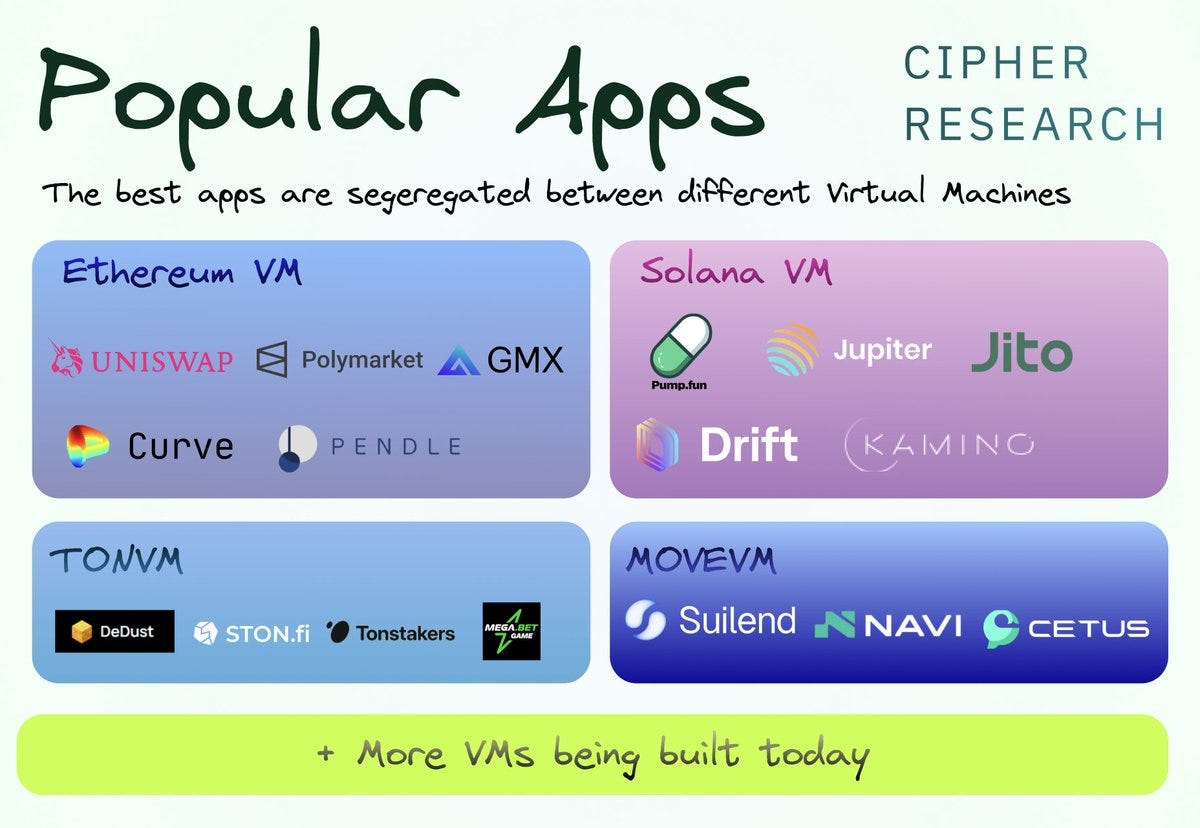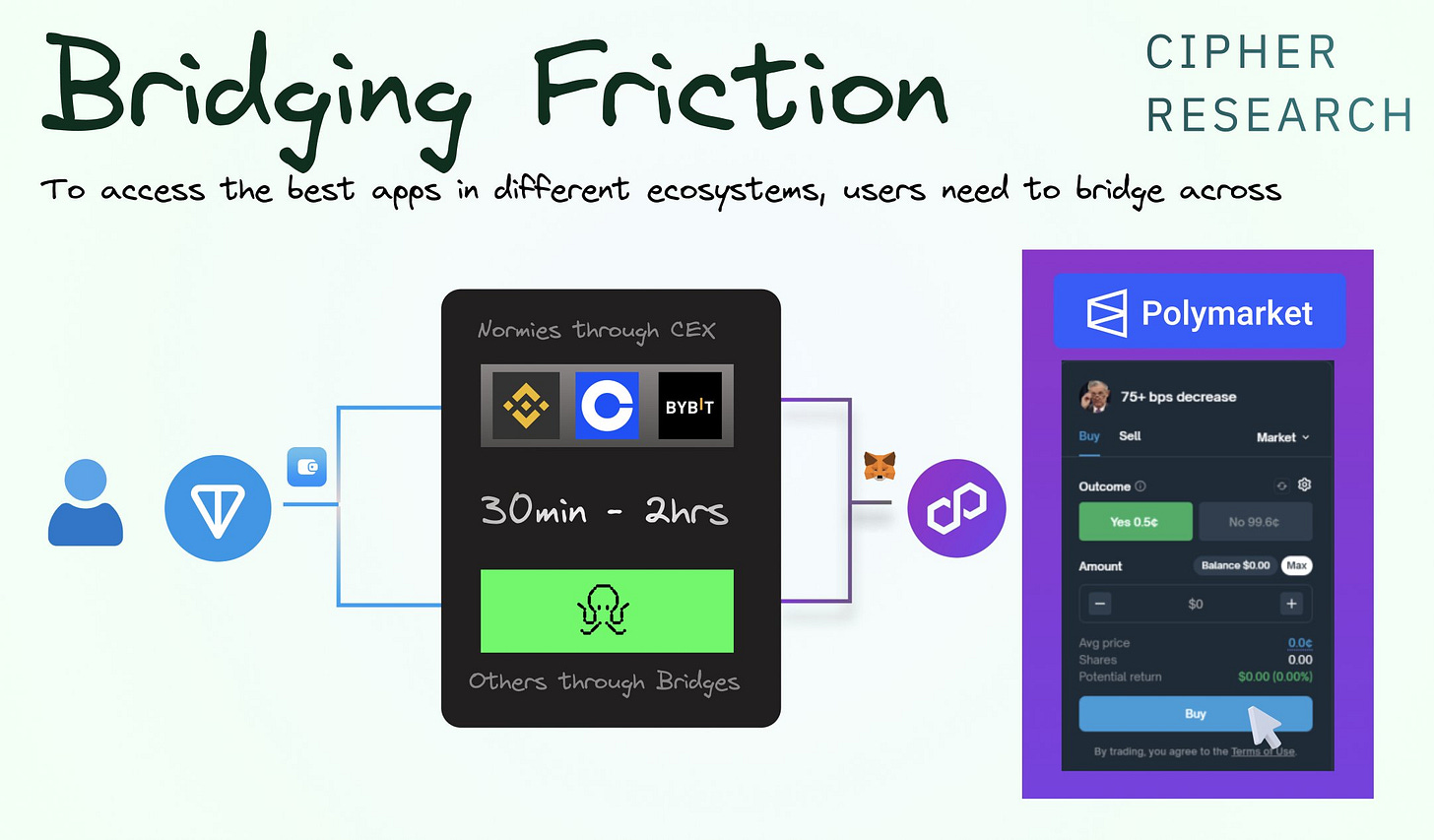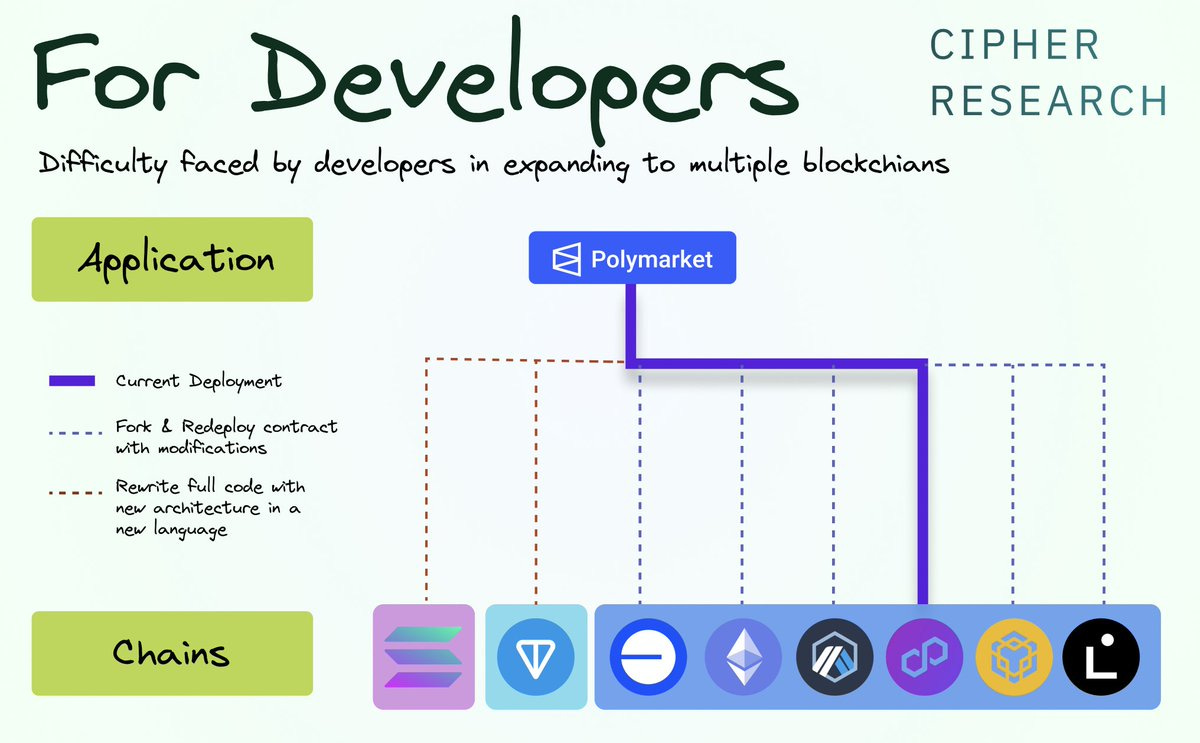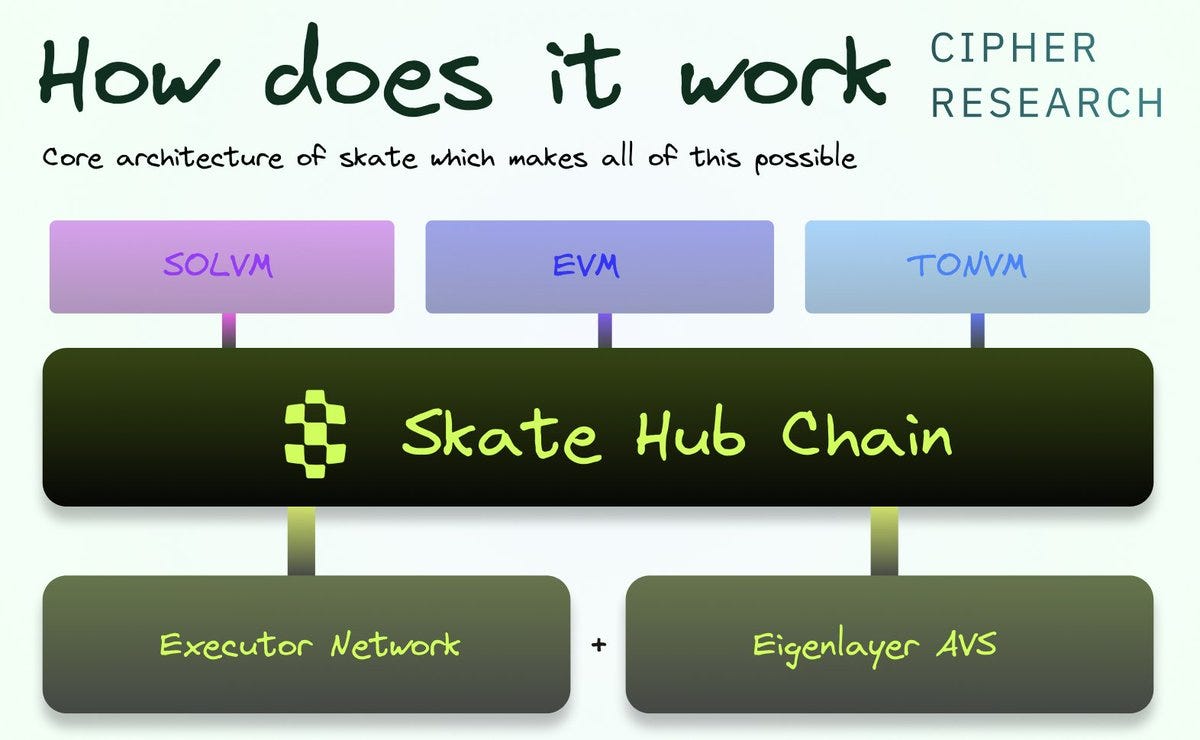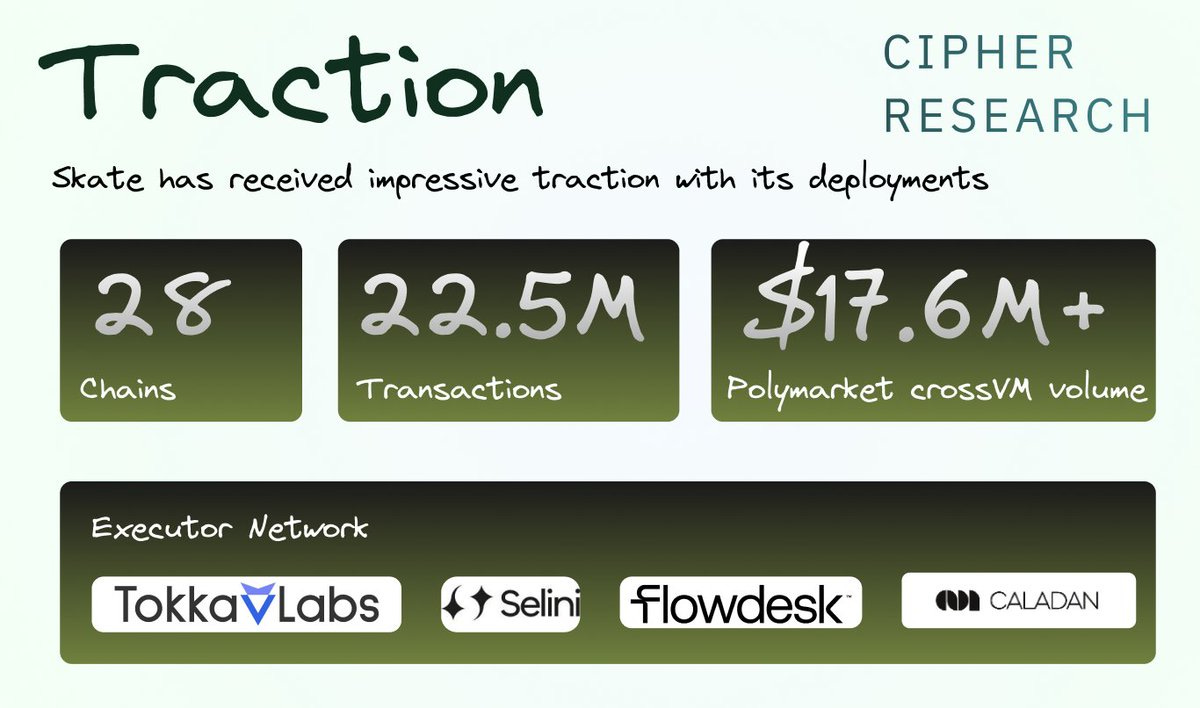Skate Chain Explained for Dummies
In today’s blockchain landscape, apps are fragmented across multiple chains and virtual machines (VMs), creating a complex and often frustrating experience for both users and developers.
While blockchain technology is rapidly advancing, the lack of seamless interoperability between these various systems has led to a disjointed ecosystem. This is where Skate comes in.
The Challenge: Fragmentation Across Chains and VMs
Blockchain virtual machines (VMs) are evolving at a fast pace. Ethereum’s EVM (Ethereum Virtual Machine) has long been the dominant force, but alternative VMs like SolVM and MoveVM are gaining significant traction.
The rise of these alternative VMs has spurred the development of a wide range of innovative applications.
However, for users, this rapid growth has created a fragmented and confusing environment.
Every major blockchain ecosystem has its own set of unique applications, and users often find themselves needing to manage multiple wallets, switch between ecosystems, and navigate complex bridging tools.
For example:
Solana and Ton are home to degen-friendly applications
EVM chains host the blue-chip DeFi applications
Bridging, downloading wallets, and managing portfolios between different ecosystems can quickly become overwhelming and inefficient.
The Developer Dilemma
On the developer side, scaling applications across different VMs introduces its own set of challenges.
Expanding an application within a single VM is relatively straightforward—developers can fork code, tweak it, and redeploy it. But when it comes to expanding across VMs, things become much more complex.
Rewriting entire codebases and adapting to different programming languages can make scaling to multiple VMs a costly and time-consuming challenge.
Enter Skate: Solving Interoperability
Skate is tackling these challenges head-on by building app-level interoperability across all VMs.
The goal is to enable applications to scale across multiple VMs without sacrificing usability or liquidity.
In simple terms, Skate acts as a universal layer that lets users access apps from different chains and VMs while still staying on their favorite chain.
The beauty of Skate lies in its ability to handle all the complex processes behind the scenes, so users don’t have to.
How Does Skate Work?
Skate makes interoperability possible by maintaining the blockchain state across all these VMs. Here's a simple breakdown of how it works:
For users, the process is seamless. Let’s say a user on TonVM wants to place a bet on Polymarket, a popular prediction market application. They simply use the Polymarket frontend on TonVM and place their bet.
In the background, Skate takes care of everything:
Intents are sent, indicating the user’s action.
Executors receive and process these intents.
Skate’s Eigenlayer AVS (Advanced Verification Security) ensures the security of the transaction.
A proxy account is created, and the position is executed, completing the transaction.
For developers, Skate simplifies the process of making applications cross-VM compatible. With just a few simple integrations, an app can be deployed across different VMs. There’s no need to rewrite code in different programming languages or adapt to various tools and deployment strategies.
Skate’s Growing Momentum
Skate has been making impressive strides in recent months, particularly in bringing blue-chip EVM apps to alternative VMs.
Projects like Polymarket, Pendle, and Eclipse have already leveraged Skate to expand their reach beyond their original chains.
Additionally, Skate works with top market makers, forming the Executor Network, which powers these cross-chain interactions.
The Next Big Step: Stateless Apps
The future of Skate includes a bold new vision: Stateless Apps.
This concept takes cross-VM expansion even further, allowing an app to be deployed across all chains and VMs, not just specific ones.
In addition to Stateless Apps, Skate is introducing a Stateless AMM (Automated Market Maker), a shared liquidity pool that can be accessed by users across any chain.
This innovation simplifies life for both developers and users by enabling seamless distribution of apps across multiple chains, without the need for extensive code rewrites. Developers can now deploy applications more efficiently, while users can interact with their favorite apps on any chain without worrying about compatibility issues.
Why Skate Matters
Skate is bridging the gaps between different blockchain ecosystems and making it possible for decentralized applications to truly become chain-agnostic.
For users, this means accessing a wider range of apps across different VMs without the need to switch chains or manage multiple wallets. For developers, Skate eliminates the need to rewrite code and provides an easier path to scaling applications across multiple ecosystems.
As blockchain technology continues to evolve, interoperability will be key to creating a seamless experience for everyone in the ecosystem. With Skate, the vision of a truly interconnected blockchain ecosystem is becoming a reality.
About Cipher Research
Cipher Research is a leading short form crypto research firm focused on DeFi, DePIN and AI. We specialize in delivering high-quality, digestible research designed for all users - whether you're a seasoned investor or just getting started.
Check our our other writing here:




